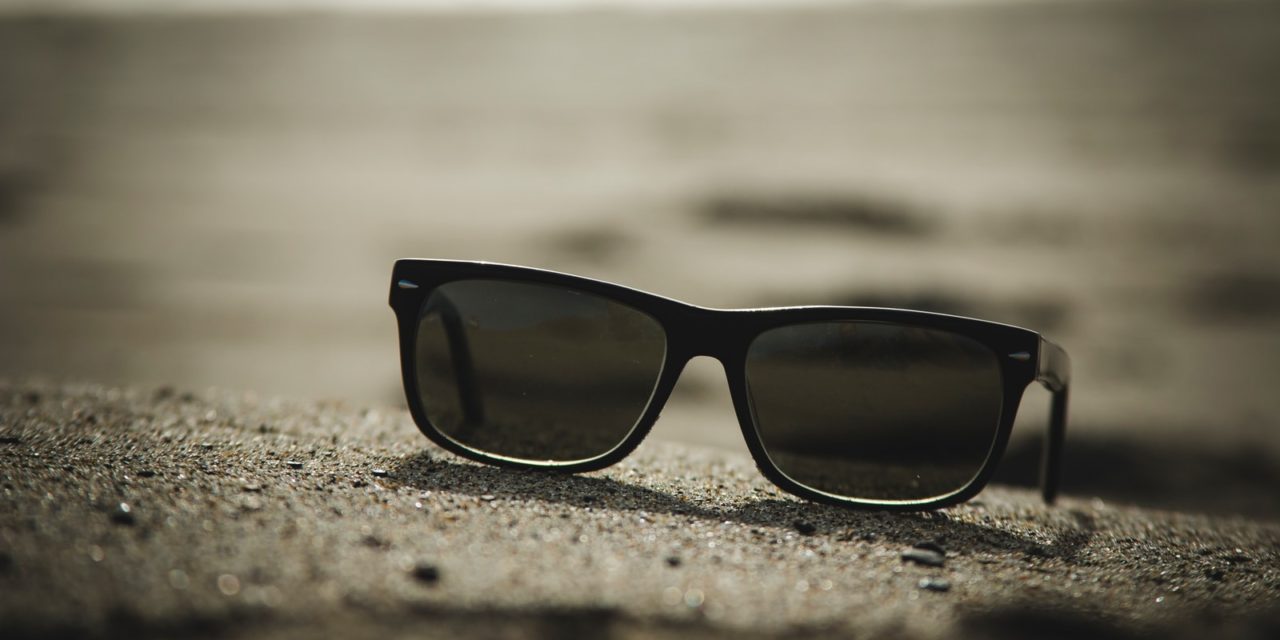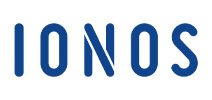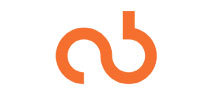This is a common question: Can my contact lenses be worn during the COVID-19 epidemic? Research by the Centre for Ocular Research & Education (CORE)helps billions of people who depend on glasses or contact lenses to take care of their eyes.
CORE’s director, Dr. Lyndon Jones is the world’s best-known expert on contact lens research and offers these valuable tipsHealthy vision.
1. You Can Keep Wearing Contact Lenses.
It is not known if contact lens wearers are more likely to contract COVID-19 than glasses wearers. You should always consult your eye doctor if you have specific questions.
2. Good hygiene habits are crucial.
It is important to wash your hands thoroughly and dry them completely. Wear your contacts properly and take care of them. Regularly clean your lenses with soapy water. These habits will keep you healthy and away from the hospital.
3. Protection is not provided by regular eyeglasses.
No scientific evidence supports the idea that everyday glasses can protect against COVID-19.
4. Avoid touching your face with unwashed hands
You should not touch your eyes, nose, or mouth with unwashed hands, regardless of whether you are wearing glasses, contact lenses, or any other form of vision correction. This is in line with the World Health Organization and U.S. Centers for Disease Control and Prevention’s (CDC) recommendations.
5. Contact lenses should be temporarily stopped temporarily if you become ill.
You can temporarily put your contacts on hold if you become ill and switch to your glasses. You can start over once you are back in full health and have talked with your eye doctor. Use new contacts lenses and a brand new case.
These five facts, along with other eye health tips, are now available at COVIDEyeFacts.org. They are central to a new peer-reviewed paper authored by Dr. Jones and four other prominent eye scientists, published in the research journal Contact Lens & Anterior Eye.
“Our findings indicate that contact lenses remain a perfectly acceptable form of vision correction during the coronavirus pandemic. People need to remember to practice good hand hygiene and follow appropriate wear-and-care directions, as instructed by their eye doctor,” says Dr. Jones. “There has been considerable misinformation circulating about wearing contact lenses and glasses during the COVID-19 pandemic. Our goal is to make sure that science-backed truths are understood and shared, replacing fear with fact.”
The U.S. Centers for Disease Control and Prevention has issued guidanceThe CORE-led research supports key findings on contact lens wear in the COVID-19 pandemic. The CDC points out that contact lenses and personal eyeglasses are not considered personal protective equipment.
The Centre for Ocular Research & Education was established in 1988 at the University of Waterloo’s School of Optometry & Vision Science in Ontario, Canada. CORE has been the driving force behind many important advances in eye health including medical devices and ocular pharmaceuticals.
The pace of life today is rapid. The rise of digital technology has allowed people to communicate with each other via the internet and simultaneously check their children’s soccer scores. Consumers can expect the same conveniences and benefits from all businesses, except their insurance companies, thanks to the internet age. For those who are struggling to pay their medical bills and need health insurance, 98 per cent of claims can be processed within 30 working days.
It is no longer enough to be insured, as nearly two-thirds of American households have less income than 2002. It’s vital to understand how quickly and efficiently your insurance carrier pays claims. This is critical for both financial recovery and physical recovery.
According to a recent survey, 66% of workers would struggle to pay for the financial burdens associated with serious illnesses and injuries. Only 49% have enough money to cover out-of pocket expenses. Additionally, rising healthcare costs have forced employers to take cost-saving measures that are putting employees under greater financial pressure.
* Increasing employees’ health care insurance copayments.
* Increasing employees’ share of premium.
* Implementing high-deductible health plans with health savings accounts.
A lot of people will have to wait for up to a few months before receiving their insurance payments. Many insurance companies are able to provide customers with fast service thanks to modern technology and better understanding of their needs. This is just one example. AflacIt is almost rare for insurance companies to offer policies that include claims processing, approval, and payment in a single day.
Fast payment policies are no longer luxury items of the past. It is now a necessity. It is more important than ever that you have money available immediately for serious injuries or illnesses. You should ensure that your insurance company can move at your pace.
Aflac’s One Day Pay guarantee can be found on aflac.com/onedaypay.












